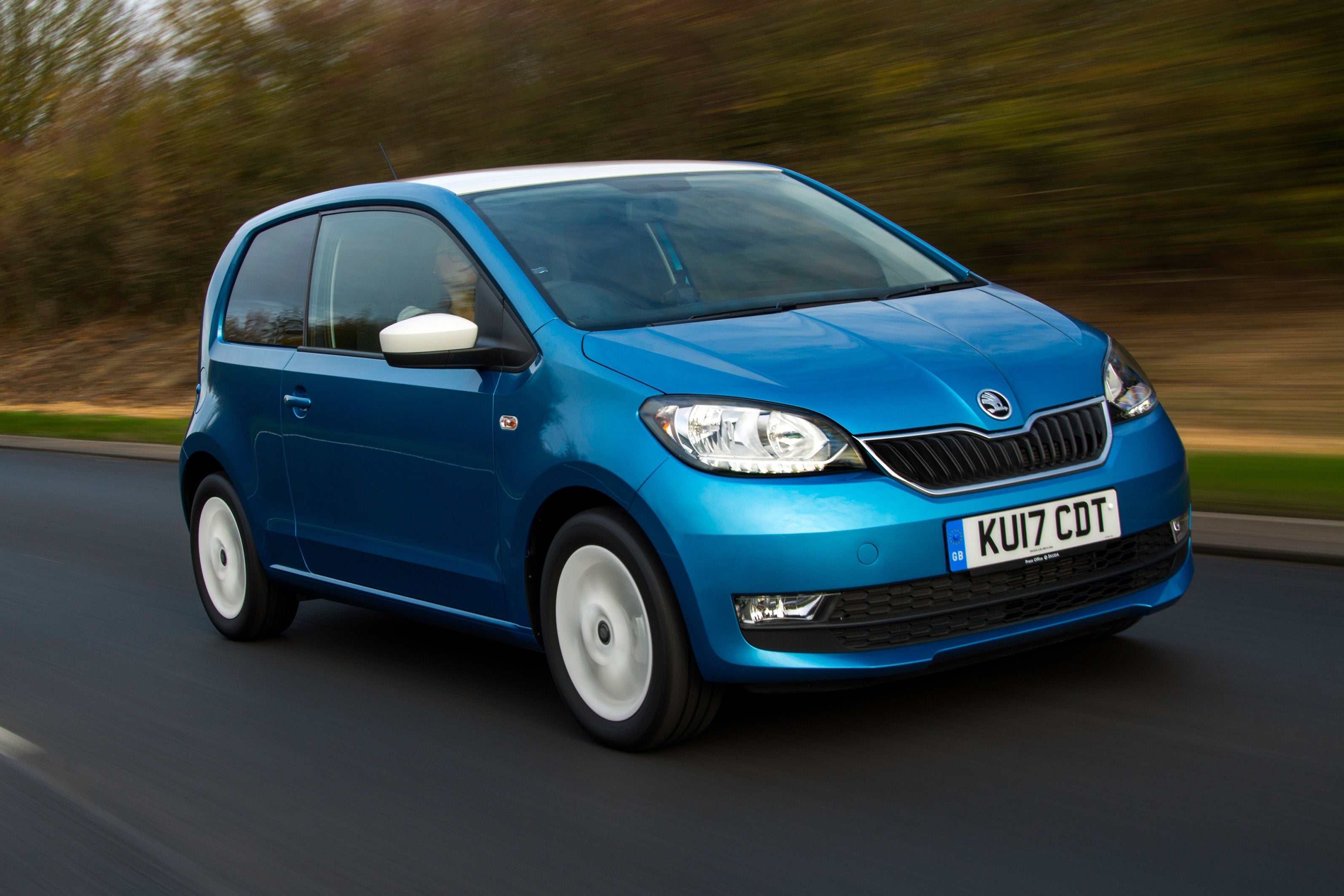
What is Euro 4 and why does it matter to you? Euro 4 emissions regulations were introduced in January 2006 with the aim of reducing pollution, specifically particulate matter and nitrogen oxides.
While Euro 4 standards represented a significant step forward back in 2006, cars are much cleaner now than they were back then. That means, if your car is Euro 4 compliant at best, it could actually be pretty bad for the environment. It's bad news if you live in a city centre, too – keep reading to find out what Euro 4 could mean to you and your car.
What are Euro 4 emissions standards?
Euro 4 emissions were introduced on all new cars from January 2005 and all newly registered cars from January 2006. To pass Euro 4 standards, petrol cars had to produce CO of no more than 1.0g/km, Total Hydro Carbon (THCs) emissions of no more than 0.10g/km and NOx emissions of 0.08g/km.
Diesels have it a lot tougher, for them to pass Euro 4 standards, they needed to produce CO of less that 0.50g/km, Hydro Carbon + NOx emissions of no more than 0.30g/km and Particulate Matter of less than 0.025g/km, for this reasons Euro 4 diesels were some of the first to get Diesel Particulate Filters, although most got them much later on.
What do Euro 4 emissions standards mean to my petrol car?
Euro 4 emissions are the lowest standard your petrol car can be, to be allowed to enter the London Ultra Low Emissions Zone (ULEZ). Right now the ULEZ operates in the same area as the London Congestion charge, so you'll only have to pay the £12.50 daily charge if you drive your car in central London.
That will soon change with the ULEZ expansion, though. It comes into effect on 25 October 2021 and means if your petrol car doesn't qualify for Euro 4 or higher, you'll have to pay £12.50 to drive it anywhere within the North and South Circular Roads. It's a charge that'll make many petrol cars registered before January 2006 uneconomic to own in London unless they are 40 years old or older, in which case they qualify for an exemption as a historic.
What do Euro 4 emissions standards mean to my diesel car?
It's an even bleaker story if you own a diesel car. In fact, for a diesel car to meet the ULEZ standard it needs to be Euro 6 compliant, standards that only came into force in September 2015. In other words, there are scores of diesel cars used in and around London that will soon be required to pay £12.50 a day, every day.
Compared to older diesels, Euro 4 diesel engines got an improved catalytic convertor that is able to filter out contaminants such as sulphur and carbon monoxide more efficiently. That said, by modern standards Euro 4 diesels aren't very clean and they do without a Diesel Particulate Filter that removes the nastys from the exhausts of modern diesels.
Euro 4 applied to all new cars – including petrols – registered from 1 January 2006. These European emissions standards brought a significant reduction in the permissible limits for CO and NOx gases.
Euro 4 limits restricted the amount of carbon monoxide (CO), hydrocarbons (HC) and nitrogen oxides (NOx). As well as reducing those totals, Euro 5 added a limit on the amount of non-methane hydrocarbons that could be emitted by your car's exhaust.
More car features explained
With lots of abbreviations and tech to get your head around, our expert guides explain all.




